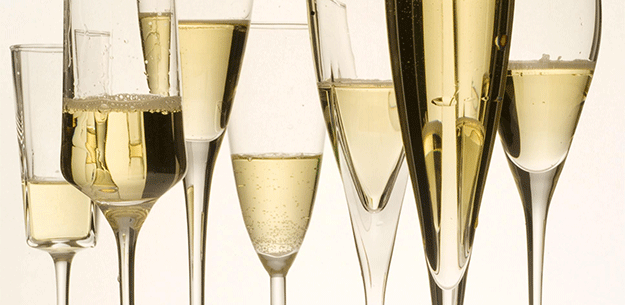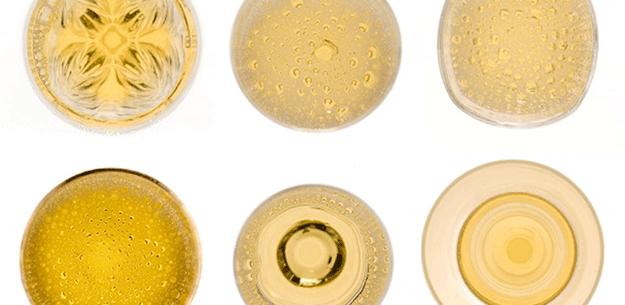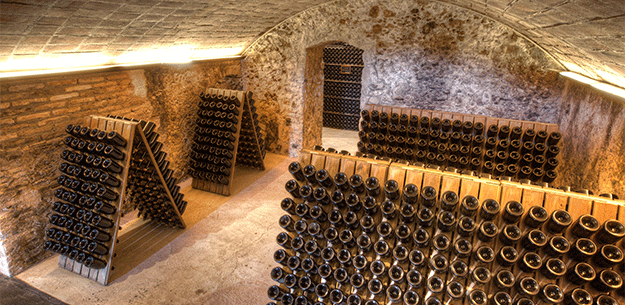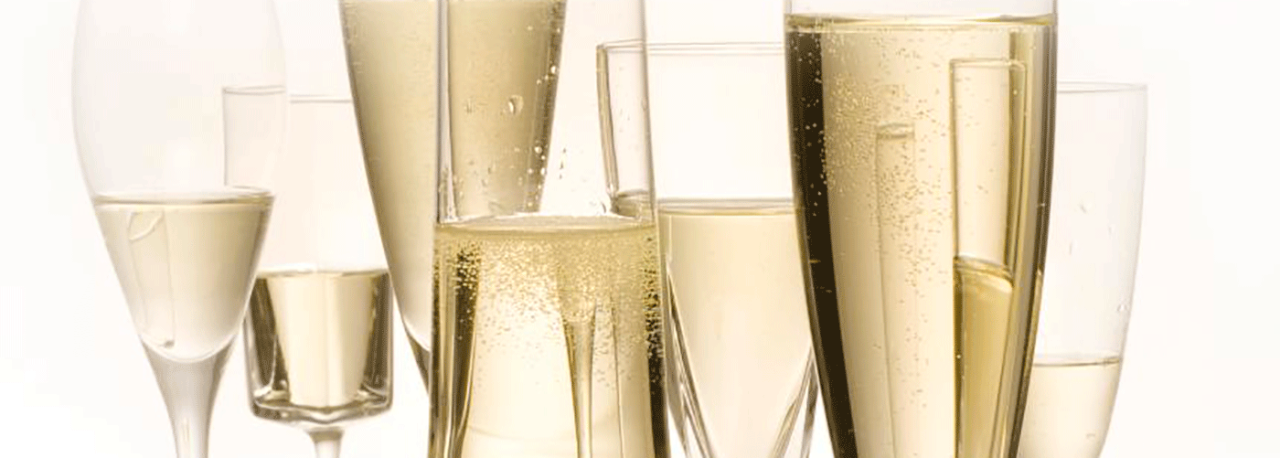.png.transform/rendition-xs/image_image%20(1).png)
Spanish Cava Sparkles in Spain
Cava is made by following a classic method that yields quality and tradition in each and every bottle of this phenomenal Spanish sparkling wine. Would you like to know of cava is made? Go on reading and you will find all the secrets related to the traditional method of making cava wine.

Text: Adrienne Smith/@ICEX.
Whether white or rosado, dry or sweet, made with native grapes or adopted varieties... Spanish Cava should be raising a glass in celebration of its many recent achievements. Not only have sales of this sparkling wine been soaring – with exports reaching a record high of more than 162 million bottles in 2017 and overall sales up 3% – but the Designation now includes the new Cavas de Paraje Calificado (Single-Estate Cava) classification, marking another milestone in the recognition of its excellence.
But what is Cava and where does it come from? Cava – from the Catalan word for cellar – refers to the Spanish sparkling wine protected by Designation of Origin status that applies in this case to specific areas of Spain and to a método tradicional (traditional method). This method is virtually the same process used to make French Champagne. Curiously, DO Cava is one designation of origin whose products can be made in various different regions of the country. While these include some 160 municipalities found in the Autonomous Communities of La Rioja, Castile-León, Extremadura, Valencia, Aragón, Navarre, and Catalonia, the vast majority of production comes from the latter of these, and more specifically, the town of Sant Sadurní d’Anoia and its environs, located in the Penedés area of Barcelona.
A silver lining
It is here that Cava has its roots and where it was first made in 1872 by Josep Raventós Fatjó of famed Catalan winery Codorníu, who was inspired by a visit to the Champagne region of France where he observed the method of making sparkling wine involving a second fermentation in the bottle.

This nascent Catalan industry was helped by an unexpected event, the phylloxera plague which devastated area vineyards. It presented wine makers like Raventós with the opportunity to replace the area’s traditional red grape vines with white grapes. Today, the most classic Cava is still made from a triumvirate of native white grapes from this area: Macabeo, Parellada and Xarel-lo.
Other authorized varieties include white grapes Malvasía (also known as Subirat Parent) and Chardonnay, and red grapes Garnacha Tinta, Monastrell, Pinot Noir and Trepat, the latter of which can only be used to make Cava rosado.
The traditional method
As with other quality wines, Cava production starts in the vineyard, and grapes are harvested when sugar levels will yield base wines with about 10-11% alcohol. Harvesting may be done either by hand or machine, and it often takes place at night when temperatures are cooler, in order to preserve the grapes’ quality and acidity levels.

The fruit is then rushed to the winery, where the process of making the cuvée, or batch of base wine, begins. The grapes are gently pressed until the free-run juice – the highest quality “must” – is obtained. The juice from each variety is fermented separately at carefully monitored temperatures in stainless steel tanks using selected yeasts. After fermentation, the base wine is clarified and cold stabilized.
The key to making Cava is the second fermentation, which creates the “sparkle”. First, enologists select the coupage, or blend, of the different base wines that will be used to make each type of Cava. Different grapes lend unique characteristics to the final product.
The blend of base wines is put into bottles along with the liquor de tiraje, a thick mixture of yeasts and sugar. The bottles are typically closed with a crown cap or a cork stopper and a staple, taken down to the cellars and stacked on their sides in rows called rimas. The second fermentation then takes place inside the bottle where yeasts convert the sugar into alcohol. The resulting by-product, carbon dioxide, is trapped inside the bottles, to be released as tiny bubbles when Cava is poured.
The importance of the lees
The other important by-product of this process is the dead yeast cells, called the lees, which fall to the bottom of the bottle and remain in contact with the wine as it ages. During this period, the yeasts are consumed enzymatically in a process called autolysis. As this occurs, they release different compounds which impart a range of flavors and aromas to the wines, while also affecting the stability of its foam. After fifteen months or so, these ingredients can give rise to bakery, caramel and toasted aromas, as well as a creamy palate – characteristic of Reserva and Gran Reserva Cavas.
One of the ways that Cavas are classified is based on the amount of time the wine is left in contact with its lees. The most basic category of Cavas age for a minimum of nine months, and Cava Reserva, a minimum of fifteen months. Cava Gran Reserva ages a minimum thirty months and is vintage-dated. The new category of Cava de Paraje Calificado must be bottle-aged for at least 36 months.
After the desired time elapses, the lees that have settled on the bottom of the bottle are shifted to the neck for removal. This process is called riddling, and it can either be done by hand – twisting and shaking the bottle slightly each day while progressively tilting it downwards to move the sediment towards the cork – or by using machines called gyropalettes.
First employed in Spain in the 1970s, several bottles are placed into the gyropalette’s cage, cap down, and moved in a similar, swirling motion, thereby greatly speeding up the wine making process. When done by hand, this process might take up to twenty days, but once the bottle is completely upside down and the lees have settled in its neck, it is time for the degüelle, or disgorging. To remove the sediment, the tip of the bottle is typically placed into a freezing liquid. The crown cap is then taken off, and the block of frozen sediments is expelled from the pressurized bottle.
Next, the bottle is topped off with licor de expedición, a secret mixture of wine and sugar that is specific to each wine maker. The amount of sugar added to this mixture determines the type of Cava, in accordance with a second, sugar-based classification system. The driest wine is Brut Nature, which has less than three grams of sugar per liter, followed by Extra Brut, Brut, Extra Seco, Seco, Semi Seco and Dulce, the latter of which designates a wine with more than fifty grams of sugar per liter. Only Brut Nature, Extra Brut and Brut Cava are available as Gran Reserva wines.
Finally, the bottles are closed with natural cork and then covered with a wire cage or a large staple-like clip. Each cork has a four-pointed star on the bottom, which, in addition to the label and quality control stamp, indicates that the wine is genuine Cava, made in the traditional way in Spain.



